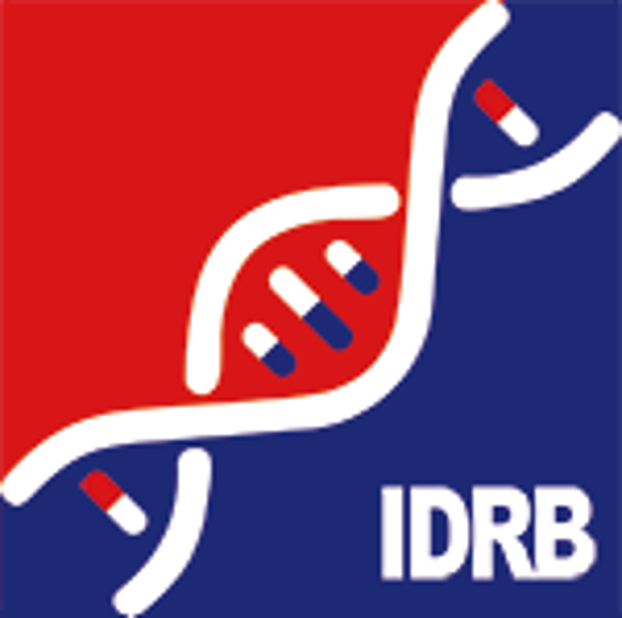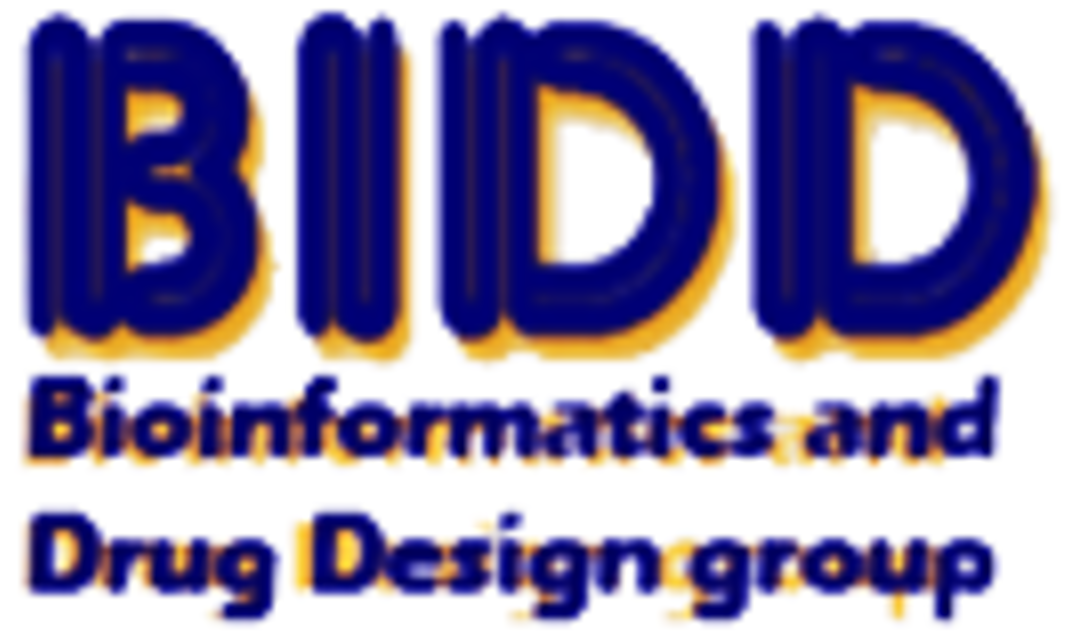| Target Validation Information | |||||
|---|---|---|---|---|---|
| Target ID | T68290 | ||||
| Target Name | Cathepsin S | ||||
| Target Type | Clinical Trial |
||||
| Drug Potency against Target | P2,P3 Ketoamide derivative | Drug Info | IC50 = 130 nM | [1] | |
| Cbz-Ile-Phe-Ala-LeuVSMe | Drug Info | IC50 = 9000 nM | [2] | ||
| Ac-hPhe-Leu-Gly-LeuVSMe | Drug Info | IC50 = 12000 nM | [2] | ||
| N-(tert-butoxycarbonyl)-isoleucyl-glycine-nitrile | Drug Info | Ki = 4100 nM | [3] | ||
| N-(tert-butoxycarbonyl)-norvalyl-glycine-nitrile | Drug Info | Ki = 900 nM | [3] | ||
| N-(tert-butoxycarbonyl)-norleucyl-glycine-nitrile | Drug Info | Ki = 550 nM | [3] | ||
| N-(tert-butoxycarbonyl)-valyl-glycine-nitrile | Drug Info | Ki = 6200 nM | [3] | ||
| Cbz-Ile-MetO2-Ala-LeuVSMe | Drug Info | IC50 = 13000 nM | [2] | ||
| Ac-hPhe-Leu-Phe-LeuVSMe | Drug Info | IC50 = 150 nM | [2] | ||
| BOCEPREVIR | Drug Info | IC50 = 120 nM | [4] | ||
| 6-(3-(trifluoromethyl)phenyl)picolinonitrile | Drug Info | IC50 = 2884 nM | [5] | ||
| L-006235-1 | Drug Info | IC50 = 318 nM | [6] | ||
| 4-cycloheptyl-6-propylpyrimidine-2-carbonitrile | Drug Info | IC50 = 1300 nM | [7] | ||
| 4-propyl-6-m-tolylpyrimidine-2-carbonitrile | Drug Info | IC50 = 950 nM | [8] | ||
| Cbz-Ile-hPhe-Ala-LeuVSMe | Drug Info | IC50 = 10000 nM | [2] | ||
| Cbz-Glu(OtBu)-Ala-LeuVSMe | Drug Info | IC50 = 3000 nM | [2] | ||
| Cbz-Ile-t-ButylGln-Ala-LeuVSMe | Drug Info | IC50 = 3300 nM | [2] | ||
| Cbz-Ile-Leu-Ala-LeuVSMe | Drug Info | IC50 = 700 nM | [2] | ||
| Cbz-Ile-t-ButylhomoGlu-Ala-LeuVSMe | Drug Info | IC50 = 7100 nM | [2] | ||
| Ac-hPhe-Leu-Ala-LeuVSMe | Drug Info | IC50 = 6900 nM | [2] | ||
| Cbz-Ile-Pro-Ala-LeuVSMe | Drug Info | IC50 = 13000 nM | [2] | ||
| N-(benzyloxycarbonyl)-leucyl-glycine-nitrile | Drug Info | Ki = 130 nM | [3] | ||
| N-(tert-butoxycarbonyl)-leucyl-glycine-nitrile | Drug Info | Ki = 130 nM | [3] | ||
| 4-cyclooctyl-6-propylpyrimidine-2-carbonitrile | Drug Info | IC50 = 2239 nM | [7] | ||
| N-(2-naphthylsulfonyl)-glycyl-glycine-nitrile | Drug Info | Ki = 2500 nM | [3] | ||
| N-(tert-butoxycarbonyl)-tyrosyl-glycine-nitrile | Drug Info | Ki = 970 nM | [3] | ||
| L-873724 | Drug Info | IC50 = 2441 nM | [9] | ||
| CRA-028129 | Drug Info | IC50 = 30~100 nM | |||
| N-(tert-butoxycarbonyl)-methionyl-glycine-nitrile | Drug Info | Ki = 660 nM | [3] | ||
| N-benzoyl-phenylalanyl-glycine-nitrile | Drug Info | Ki = 77 nM | [3] | ||
| N-(4-phenylbenzoyl)-phenylalanyl-glycine-nitrile | Drug Info | Ki = 240 nM | [3] | ||
| GNF-PF-5434 | Drug Info | Ki < 0.1 nM | [10] | ||
| N-acetyl-phenylalanyl-glycine-nitrile | Drug Info | Ki = 1400 nM | [3] | ||
| N-(1-oxobutan-2-yl)-3-(trifluoromethyl)benzamide | Drug Info | IC50 = 1070 nM | [11] | ||
| Action against Disease Model | CRA-028129 | CRA-028129, a pico molar Cat S inhibitor, has nano molar activity in a cellular assay | [12] | Drug Info | |
| The Effect of Target Knockout, Knockdown or Genetic Variations | H uMan atherosclerotic lesions overexpress the lysosomal cysteine protease cathepsin S (Cat S), one of the most potent mammalian elastases known. In contrast, atheromata have low levels of the endogenous Cat S inhibitor cystatin C compared with normal arteries, suggesting involvement of this protease in atherogenesis. The present study tested this hypothesis directly by crossing Cat S-deficient (CatS(-/-)) mice with LDL receptor-deficient (LDLR(-/-)) mice that develop atherosclerosis on a high-cholesterol diet. Compared with LDLR(-/-) mice, double-knockout mice (CatS(-/-)LDLR(-/-)) developed significantly less atherosclerosis, as indicated by plaque size (plaque area and intimal thickening) and stage of development. These mice also had markedly reduced content of intimal macrophages, lipids, smooth muscle cells, collagen, CD4(+) T lymphocytes, and levels of IFN-gamma. CatS(-/-)LDLR(-/-) monocytes showed impaired subendothelial basement membrane transmigration, and aortas from CatS(-/-)LDLR(-/-) mice had preserved elastic laminae. These findings establish a pivotal role for Cat S in atherogenesis | [1] | |||
| References | |||||
| REF 1 | Bioorg Med Chem Lett. 2004 Oct 4;14(19):4897-902.Potent and selective P2-P3 ketoamide inhibitors of cathepsin K with good pharmacokinetic properties via favorable P1', P1, and/or P3 substitutions. | ||||
| REF 2 | J Med Chem. 2006 May 18;49(10):2953-68.Optimization of subsite binding to the beta5 subunit of the human 20S proteasome using vinyl sulfones and 2-keto-1,3,4-oxadiazoles: syntheses and cellular properties of potent, selective proteasome inhibitors. | ||||
| REF 3 | J Med Chem. 2005 Dec 1;48(24):7688-707.Interaction of papain-like cysteine proteases with dipeptide-derived nitriles. | ||||
| REF 4 | Antimicrob Agents Chemother. 2010 Jan;54(1):305-11. Epub 2009 Oct 19.MK-7009, a potent and selective inhibitor of hepatitis C virus NS3/4A protease. | ||||
| REF 5 | Bioorg Med Chem Lett. 2010 Aug 1;20(15):4507-10. Epub 2010 Jun 10.4-(3-Trifluoromethylphenyl)-pyrimidine-2-carbonitrile as cathepsin S inhibitors: N3, not N1 is critically important. | ||||
| REF 6 | J Med Chem. 2005 Dec 1;48(24):7535-43.Lysosomotropism of basic cathepsin K inhibitors contributes to increased cellular potencies against off-target cathepsins and reduced functional selectivity. | ||||
| REF 7 | Bioorg Med Chem Lett. 2010 Mar 1;20(5):1524-7. Epub 2010 Jan 25.Design and optimization of a series of novel 2-cyano-pyrimidines as cathepsin K inhibitors. | ||||
| REF 8 | Bioorg Med Chem Lett. 2010 Aug 1;20(15):4447-50. Epub 2010 Jun 15.2-Phenyl-9H-purine-6-carbonitrile derivatives as selective cathepsin S inhibitors. | ||||
| REF 9 | Bioorg Med Chem Lett. 2007 Sep 1;17(17):4929-33. Epub 2007 Jun 10.The identification of potent, selective, and bioavailable cathepsin S inhibitors. | ||||
| REF 10 | Bioorg Med Chem. 2009 Feb 1;17(3):1064-70. Epub 2008 Feb 7.Substrate optimization for monitoring cathepsin C activity in live cells. | ||||
| REF 11 | Bioorg Med Chem Lett. 2010 Dec 1;20(23):6890-4. Epub 2010 Oct 26.Trifluoromethylphenyl as P2 for ketoamide-based cathepsin S inhibitors. | ||||
| REF 12 | Prostaglandin receptor signaling in disease. ScientificWorldJournal. 2007 Sep 1;7:1329-47. | ||||
If You Find Any Error in Data or Bug in Web Service, Please Kindly Report It to Dr. Zhou and Dr. Zhang.

